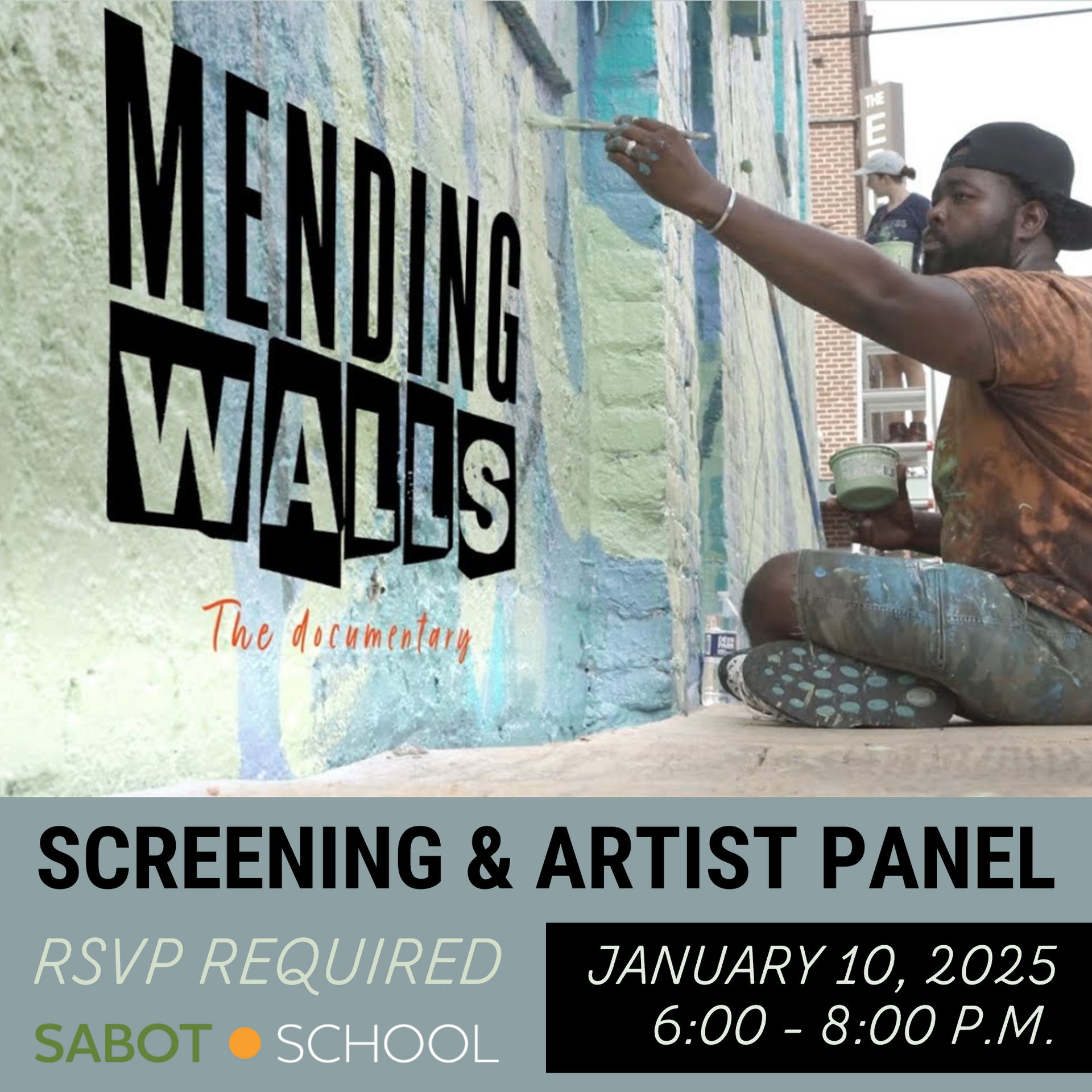How do negative numbers work?
We have a section of each math lesson called 10 minute math, as you know. This weeks challenge was to devise different methods of estimating, by solving problems that we get from drawing cards. As you also know, we are getting a long running start on our final probability unit by doing some things at random. So we are drawing the digit cards for our estimation problems at random. When we got to estimation for subtraction, we ran into problems that result in a negative number solution.
Everyone looked at the problem that appeared on the board as I laid out the digit cards, and said: “that will be a negative number.” When I asked why they thought that, several people chimed in- the second number is bigger than the first.
So how do you solve such a problem? Two people had a suggestion- flip the numbers, solve the problem, and make the answer negative. Will that work? We did that, then I initiated a number line strategy to solve the problem. Sure enough, the two answers were the same.
So this leads to a question- is the distance (difference) between two numbers the same no matter which number you start with? Can you cross the zero line, and will the same thing happen? (that is, will what we call the absolute value stay the same, whether the answer is positive or negative) Some people are sure that it will, some people think it might, but don’t really trust this idea yet, and to some students this is ridiculous.
10 minute math is a place where we can check for understanding of many different mathematical concepts, and stretch ourselves a bit. There is no assessment visible to the students, so there is no risk. It’s safe to theorize, and try to get your head around a new idea. We will have many more opportunities to work with this idea this year.
The post How do negative numbers work? appeared first on Sabot at Stony Point.
SHARE THIS POST

















